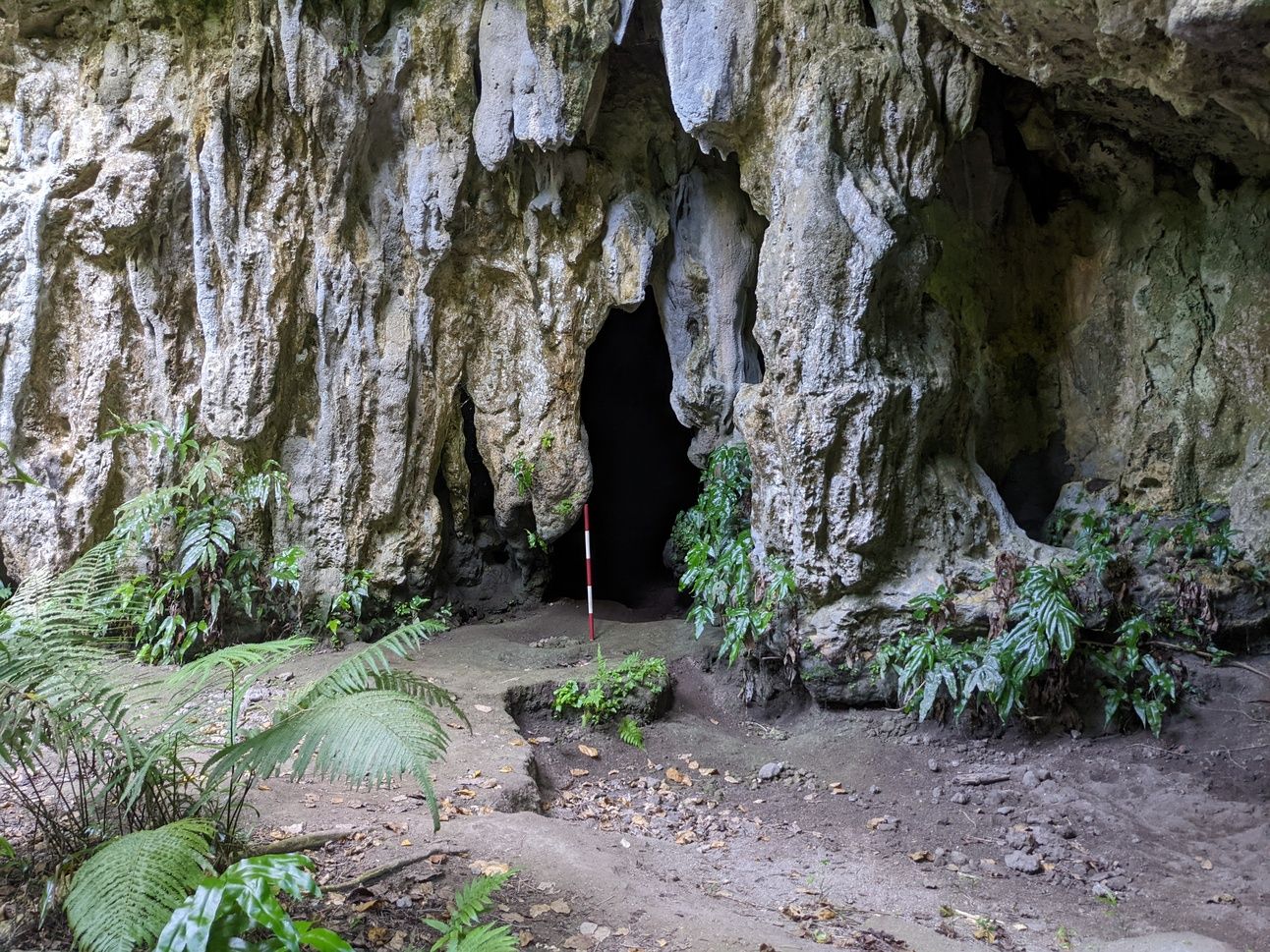By Therese Padua HoweFor My Jungle Rules
Ancient pottery from Ritidian Beach Cave was found to contain the oldest known rice in the Pacific dating back 3,500 years — evidence that the Southeast Asian seafarers who settled on Guam brought this staple crop with them, according to a new study.
The study, “Earliest evidence of rice cultivation in Remote Oceania: Ritual use by the first islanders in the Marianas 3500 years ago,” was published Wednesday in Science Advances, a scientific journal by the American Association for the Advancement of Science.

Ritidian Beach Cave is shown in this photo by Hsiao-chun Hung, lead researcher of a new study that found the oldest rice remains in the Pacific embedded in ancient pottery found in the cave.(photo credit: The Australian National University)
“Until now, archaeological evidence has revealed only rare traces of rice in the remote Pacific dating back perhaps 1,000 to 700 years ago – so the evidence we’ve found pushes that timeline back significantly,” one of the study’s authors, Hsiao-chun Hung of The Australian National University, said in a university media release.
Other researchers in the study include Mike T. Carson of the University of Guam’s Micronesian Area Research Center, Weiwei Wang of Wuhan University, Xiujua Huan of Linyi University, and Zhenhua Deng of Peking University.
“We haven’t found any evidence of ancient rice fields, irrigation systems or harvesting tools in Guam. Our findings support the idea that the first Pacific Islanders transported rice with them from the Philippines across 2,300 kilometres of open water – the longest known ocean voyage of the time,” Hung said in the release.
“It demonstrates not only their advanced navigation skills but also their foresight in preserving and transporting precious resources across vast distances. It highlights how important rice must have been.
In the study, Hung noted that the data indicates the early CHamorus likely cooked the rice in another area and brought it to the cave, which has been and is still used by CHamorus for cultural ceremonies and rituals.
“While rice was a daily staple in many ancient Asian societies, this discovery indicates that in the remote Pacific it was treated as a precious commodity, reserved for ritual use rather than being consumed daily,” Hung said in the release.

